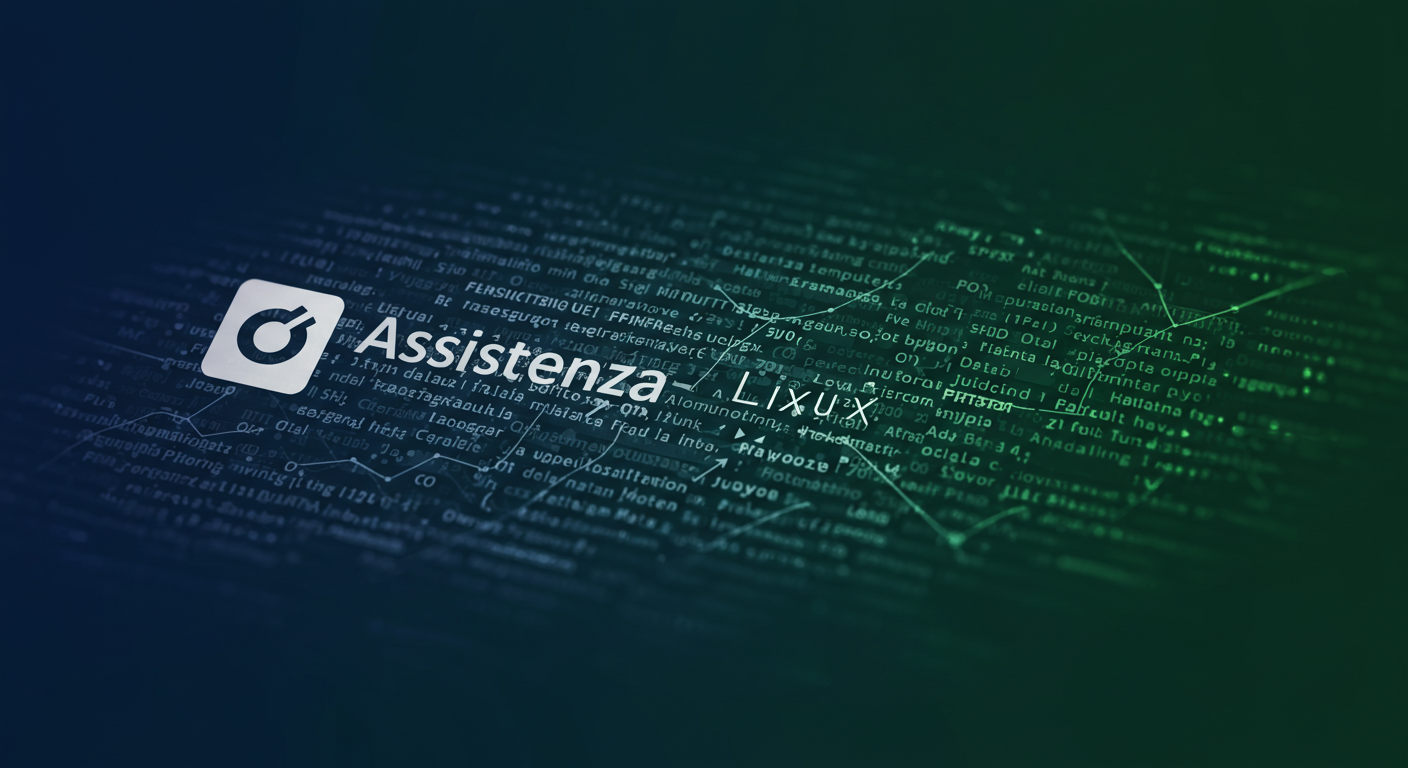As technology continues to evolve, the demand for Full Stack Developers has skyrocketed. These versatile professionals have the ability to work on both the front-end and back-end of web applications, making them invaluable assets to tech teams. Whether you’re just starting your career or looking to expand your skills, this roadmap will guide you through the essential tools, technologies, and best practices required to excel as a Full Stack Developer.
Understanding the Full Stack
A Full Stack Developer is proficient in all layers of an application, from the user interface to the database and everything in between. They can build entire web applications from scratch, which includes the front end (the visual part users interact with), the back end (the logic, databases, and servers), and makes sure they work seamlessly together. Mastering the full stack allows developers to work across various aspects of development, providing flexibility and a better understanding of how each layer of a web application operates.
Key technologies include Flutter development for mobile applications, React Native development for cross-platform apps, and ReactJS development for dynamic user interfaces. Now, let’s break down the roadmap and what you’ll need to master.
Front-End Development
At the heart of front-end development are three core languages:
- HTML: The foundation of web pages, responsible for structuring content.
- CSS: Used to style HTML elements, making websites visually appealing.
- JavaScript: The programming language that makes websites interactive.
To become an exceptional front-end developer, you’ll need to go beyond the basics. Frameworks and libraries like React, Angular, and Vue.js are essential for building dynamic, fast-loading web apps. Responsive design principles like CSS Grid and Flexbox are also crucial, that your web applications look great on any device.
Understanding the DOM (Document Object Model) allows you to manipulate elements on a web page dynamically, giving your web applications more interactivity.
Back-End Development
Back-end development involves managing the server, application logic, and database. It’s what happens behind the scenes when a user interacts with a website.
The most common server-side programming languages include:
- Node.js: JavaScript on the server side, popular for its performance and scalability.
- Python: Widely used due to its readability and strong community support.
- Ruby: Known for its simplicity, used in frameworks like Ruby on Rails.
- PHP: A long-time favorite for building dynamic websites.
Once you’ve mastered a back-end language, you’ll need to learn frameworks like Express (for Node.js) or Django (for Python). These frameworks provide pre-built modules and functions, making it easier to build and maintain your applications.
Databases and Storage
A critical part of back-end development is understanding how to work with databases, which are used to store and retrieve data. There are two main types:
- SQL (Structured Query Language) databases like MySQL and PostgreSQL are relational and use tables.
- NoSQL databases like MongoDB store data in flexible, JSON-like documents.
Understanding data modeling and relationships (e.g., one-to-one, one-to-many) will help you design efficient databases that can handle large volumes of data.
Version Control and Collaboration
As a developer, version control is essential for managing code changes and collaborating with teams. Git is the most popular version control system, allowing you to track changes, create branches, and merge code easily. GitHub is a platform where you can share code, work on projects with others, and showcase your work.
Development Environment and Tools
To be productive, you’ll need the right tools:
- IDEs and code editors like Visual Studio Code or Sublime help you write, test, and debug code efficiently.
- Docker is a tool that allows you to create lightweight containers for running your applications, and consistency across development environments.
- Task runners like Gulp and module bundlers like Webpack help automate tasks such as minifying files and compiling assets.
Working with APIs
APIs (Application Programming Interfaces) allow different applications to communicate with each other. As a Full Stack Developer, you’ll need to be proficient in:
- RESTful APIs: The standard architecture for most web services.
- GraphQL: A more flexible alternative to REST, allowing clients to specify exactly what data they need.
Learning how to build and consume APIs is crucial for connecting front-end and back-end systems.
Testing and Debugging
Testing is a critical aspect of development, make sure that your code is reliable and free from bugs. There are several types of testing to consider:
- Unit testing: Tests individual components or functions.
- Integration testing: Different parts of the application work together.
- End-to-end testing: Simulates user interactions with the entire application.
Popular testing frameworks include Jest for JavaScript and Mocha/Chai for Node.js. Debugging tools like Chrome DevTools will help you find and fix issues in your code.
Security Best Practices
Security is non-negotiable in web development. As a Full Stack Developer, you must protect your applications from vulnerabilities such as SQL injection, cross-site scripting (XSS), and cross-site request forgery (CSRF). Implementing authentication (OAuth, JWT) and using SSL certificates are key practices for making sure your applications are secure.
Performance Optimization
Users expect fast, responsive websites. To optimize performance, you can:
- Implement lazy loading for images and content.
- Use code splitting to load only the necessary JavaScript files.
- Optimize database queries and implement caching strategies to reduce load times.
Deploying Applications
Deploying your application means making it accessible to users on the web. You’ll need to understand:
- Web hosting and domain management.
- Deployment platforms like AWS, Heroku, Netlify, or Vercel.
- Setting up CI/CD pipelines for continuous integration and delivery, allowing for automated testing and deployment of code.
Soft Skills for Full Stack Developers
Technical skills are important, but soft skills like communication, teamwork, and problem-solving are just as critical. As a Full Stack Developer, you’ll often work with designers, project managers, and clients, so the ability to clearly articulate your ideas and manage expectations is essential.
Building a Portfolio and Resume
An impressive portfolio is key to landing a job as a Full Stack Developer. Include:
- Projects that showcase your skills across the full stack.
- Clear explanations of your role in each project and the technologies you used.
- Links to live demos or GitHub repositories.
Your resume should highlight both your technical and soft skills, as well as any certifications or relevant coursework.
Staying Updated and Continuous Learning
Technology is constantly evolving. To stay competitive, Full Stack Developers must continuously learn new tools, frameworks, and languages. Follow industry blogs, join communities, attend webinars, and engage with other developers to keep your skills sharp.
Conclusion
Becoming a Full Stack Developer requires dedication, but the rewards are immense. By mastering front-end and back-end development, databases, security, and more, you’ll be equipped to build powerful, efficient, and secure web applications. With guidance from experts like Anques Technolabs, you can follow this roadmap, stay curious, and continuously seek to improve – excellence in Full Stack development is within your reach.


